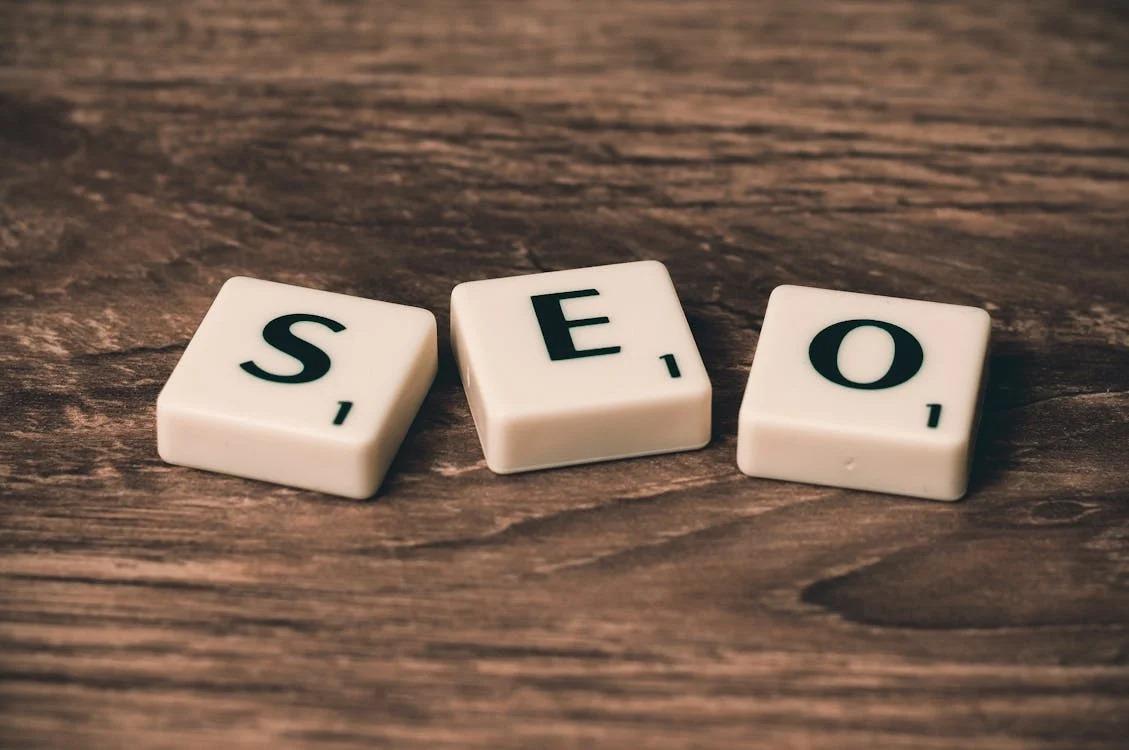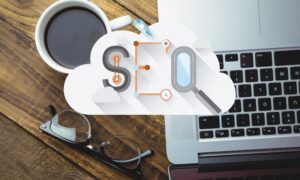Let’s face it—no one likes waiting for a website to load. For newbie entrepreneurs aiming for online visibility, investing in small business seo services often includes a focus on improving page speed. In the age of instant gratification, speed is everything. Whether it’s a shopper trying to make a quick purchase or a reader looking for information, if your site takes too long to load, they’re out—and Google knows it. Page speed isn’t just about keeping visitors happy; it’s a critical factor in your search engine ranking. But why does it matter so much? And more importantly, what can you do to optimize it? Let’s dive in.
Google Cares About User Experience
Google’s primary goal is to deliver the best possible user experience. Every update to its algorithm aims to provide more relevant, faster, and user-friendly search results. That’s where page speed comes in. In 2010, Google officially announced that site speed would be a ranking factor for desktop searches. In 2018, they extended that to mobile as part of the “Speed Update.”
So, when your page takes too long to load, Google sees it as a poor experience, and it doesn’t want to recommend that experience to users. A slow site tells search engines that your content might not be as accessible, especially for users on slower connections or mobile devices.
It Impacts Bounce Rates and Dwell Time
Imagine clicking on a search result, and it takes more than a few seconds to load. Frustrated, you hit the back button. That’s a bounce, and it sends a clear signal to Google: users aren’t finding what they want here.
High bounce rates and low dwell times (the time someone spends on your site after clicking through from search results) can negatively affect your SEO. While Google doesn’t confirm that bounce rate alone impacts rankings, the combination of engagement metrics can indicate poor content or performance. Fast-loading pages encourage users to stick around longer, explore your content, and engage with your site—all positive signals to search engines.
Mobile-First Indexing Makes Speed Even More Crucial
With more than half of global web traffic from mobile devices, Google has shifted to mobile-first indexing. This means Google predominantly uses the mobile version of the content for indexing and ranking.
Mobile users often have less reliable internet connections than desktop users, making speed even more critical. A page that loads fine on desktop might struggle on mobile. That’s why optimizing your mobile site’s performance isn’t optional—it’s essential. A lightning-fast mobile experience isn’t just good for users; it tells Google your site is ready for the mobile-first era.
Core Web Vitals: Speed Gets Technical
In 2021, Google introduced Core Web Vitals—a set of performance metrics focused on user experience, including:
- Largest Contentful Paint (LCP): Measures how long it takes for the largest piece of content to load (should be under 2.5 seconds).
- First Input Delay (FID): This gauges responsiveness—how long it takes for a user to interact with your page (it should be under 100 milliseconds).
- Cumulative Layout Shift (CLS): Tracks visual stability; in other words, does your content jump around while loading?
These metrics are part of Google’s Page Experience update and directly influence rankings. So, improving these numbers isn’t just about aesthetics—it’s a strategic SEO move.
Faster Pages = Higher Conversions
Page speed isn’t only about SEO. It directly affects your bottom line. Amazon once reported that every 100-millisecond delay in load time cost them 1% in sales. Think about that. One second could be the difference between a bounce and a buy.
A speedy website encourages users to take action—whether signing up for a newsletter, completing a purchase, or contacting you. For businesses looking to improve their online presence, utilizing small business seo services often includes optimizing website speed for better user engagement. Google likes it when users interact positively with a site, so higher conversion rates can indirectly support your rankings.
How to Improve Your Page Speed
Here are some practical ways to speed things up:
- Optimize images: Compress files without losing quality. Use next-gen formats like WebP.
- Minimize code: Reduce, combine, or minify CSS, JavaScript, and HTML.
- Leverage browser caching: Store resources locally so users don’t need to download them again.
- Use a CDN (Content Delivery Network): Serve your content from servers closest to the user.
- Enable lazy loading: Load content only when needed, especially for images and videos.
- Eliminate render-blocking resources: Avoid scripts that delay page rendering.
Use tools like Google PageSpeed Insights, GTmetrix, or Lighthouse to audit your site and get personalized recommendations.
Final Thoughts
Page speed is more than a technical issue—it’s vital to your SEO strategy and user experience. With Google continuing to prioritize performance, a fast website helps you stay competitive in search rankings while keeping your visitors happy and engaged. The good news? Speed optimization isn’t just for big companies with huge budgets. Any site can become a lean, fast-loading machine with the right tools and attention. And in the race for online visibility, every millisecond counts.



































